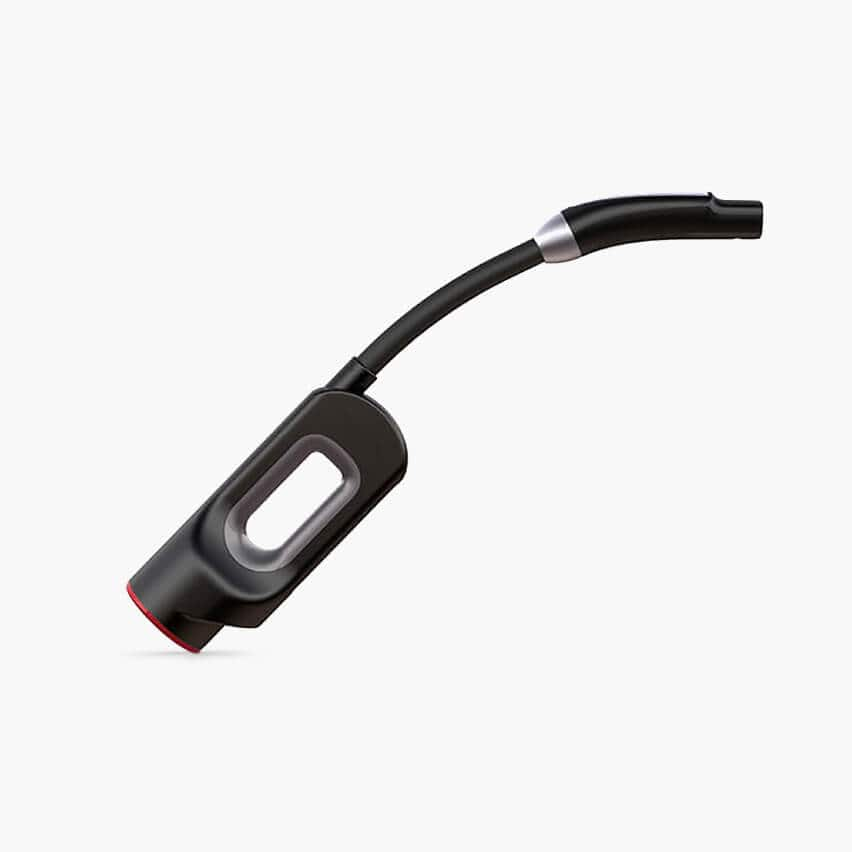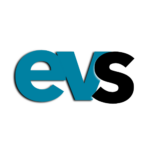On CNBC they were talking about the government spending $7.5B on a charging network to nowhere. Sounds about right.
Even if every automaker signs on to NACS tomorrow, effectively killing CCS1 in North America, and the regulations aren't updated, the CCS1 stations that are built will not be useless, for a number of reasons:
- The current regulations do not specify that charging stations must support only CCS1; they explicitly permit operators to install other plugs (read: NACS plugs) in addition to the CCS1 plugs. In the scenario I just outlined, you can be sure that every station installed with NEVI funds (with the possible exception of a few that are already well along; I don't know how many might be that far) will have NACS plugs, as well as CCS1 plugs.
- CCS1-to-NACS adapters, like the one that Tesla now sells, will be common. They may even be included standard with some EVs. Thus, the CCS1 plugs won't be useless to NACS vehicles, just less convenient to use.
- There's already a significant installed base of CCS1 vehicles, and that installed base will grow for at least another couple of years -- probably longer. The Ford and GM announcements say that they will begin producing NACS vehicles in 2025. They're carefully worded to say nothing about how long they'll continue building CCS1 vehicles. Ford's announcement implies that NACS plugs will appear on their next-generation EV design, so EVs based on their current architecture may continue to use CCS1 until those vehicles are redesigned on a next-generation platform. The same is likely to be true of GM and other manufacturers who sign on to NACS. Thus, I don't expect the final CCS1 vehicle to roll off the assembly line until about five years from now at the earliest. All of this is important because these vehicles will need to charge somewhere, and their drivers are likely to prefer native CCS1 plugs to NACS plugs with an adapter, all other things being equal.
- Charging station cables can be replaced relatively easily. Although the cost is high in most individuals' eyes (in the thousands of dollars), it's cheap compared to building a new charging station. Thus, in time, as NACS vehicles become more common and CCS1 vehicles less, older CCS1 stations can be converted to NACS. This may even be done as part of routine maintenance, since cables do occasionally become damaged and must be replaced.
- The NEVI funding will last for five years. We'll need to continue building charging stations well beyond then, and if NACS is adopted by all automakers, chances are stations built after NEVI funding runs out will be predominantly NACS.
Take advantage of the global network of DC charging stations by enabling onboard hardware and purchasing with an external adapter. CHAdeMO stations enable charging at up to 43 kW or 108 km of range per half hour. For Model S without Supercharging enabled, onboard hardware must be activated to...

shop.tesla.com
They would just need enough length to reach, but the main problem is cost and likely charging restrictions.
EVgo uses a customized version of this adapter at some of its stations, with an even longer cord.
How nice that our tax $$$ will be used to build infrastructure for foreign cars instead of American made that has now standardized on NACS.
See some of my earlier points -- chances are that at least some NEVI funding will support the building of stations that support both CCS1 and NACS.
Also, at the time the rules were written, all non-Tesla US automakers were on-board with CCS1. IMHO, it's unfair to blame the relevant agencies for not being clairvoyant.
Also, at the moment (unless something's changed very recently), Rivian, Lucid, and a few other startups are still American automakers that still use CCS1. Also, Nissan, VW, and some other foreign-headquartered brands make EVs in the United States as well as overseas. Tesla is reportedly planning to
import Chinese-made Model Ys to Canada, and I'm sure some of them well end up on American roads. The amount of content that's crossed national boundaries in most cars is huge. Even Tesla is importing batteries from China for use in some Teslas. Thus, the whole American-vs-foreign manufacturing thing isn't very simple; there's a lot of nuance.
1) When this legislation was written/passed CCS was the logical choice. It is a 'standard' so not controlled by one manufacturer, had broad support from various stakeholders, and can theoretically be implemented by anybody who pays for access to the standards documents.
I mostly agree with this, except for one important point: The
legislation doesn't mention CCS; the legislation just requires that the stations built with NEVI funding be able to service multiple brands of EV. As with most legislation, the language of the law must be implemented by one or more Federal agencies, and in doing so, they generally fill in the gaps based on their expertise. In this case, the CCS1 requirement came in this interpretation. This means that it's much easier to change -- although Federal agencies don't generally reverse their decisions in a matter of days, so I wouldn't expect it to change for months or years even if all the automakers signed on to NACS in the next month or two. Tesla, Ford, GM, and whoever else signs on to NACS may lobby to have the rules changed, but they probably won't be lobbying Congress -- they'll be lobbying Federal agencies (specifically, the Federal Highway Administration [FHA], which is part of the Department of Transportation [DOT], if I understand correctly). This also means that anybody who wants to write to somebody in government about this, you should probably write to Pete Buttigieg first. Writing your own elected Representative and Senator likely won't hurt, but they're now out of the loop, unless they become so motivated that they decide to start pestering the executive branch.
Tesla had an incentive to promote their closed charging ecosystem to sell cars. They now have to build stations that support multiple vehicle types and communication standards, which is much harder. Based on early reports of the “Magic Dock”, the experience seems to be way worse than what we are all used to.
Some of the Magic Dock experiences will be relevant to Ford and GM vehicles charging at Superchargers in the future, but others won't be. Some things may depend on the design of the adapter. Some may change when NACS-equipped Fords and GMs are released. For instance:
- Weird parking caused by a mis-match between Supercharger design and Ford/GM charge-port location will be a problem with some CCS-equipped vehicles (AFAIK, including all current Ford and GM products) unless Tesla designs an adapter with a significant length of cable (which I think is unlikely, but I wouldn't want to rule out the possibility entirely) or Tesla retrofits existing stations with longer cables (which may well happen, particularly at busier stations that are most likely to be affected by these problems). Looking forward, standardizing the port location once NACS-based vehicles are released might be part of the deal; or Tesla providing longer cables might be part of the deal. Either way, this problem is likely to fade in time.
- App hassles are not likely to occur, or might occur just at the start because of bugs in the rollout that will be fixed. This is because, based on public statements by Ford's Jim Farley, one of Ford's deal-breaker conditions was that Ford drivers would not be required to install a Tesla app. Although they haven't been explicit about this, it sounds like the goal is to create a Tesla-like plug-in-and-charge experience, but with billing being done by Ford. GM has released fewer details, so it could be it will work differently for GM, but my guess is it will be similar for both companies, and for any future sign-ons. That said, this is at least a little bit speculative, since the details haven't yet been laid out.
- Low charging speeds don't seem likely with Ford and GM vehicles; both brands seem to work well at Magic Docks, based on YouTube videos and PlugShare reports I've seen. (Note that I'm judging this by the car's speed; a Chevy Bolt won't charge at 250 kW on a Supercharger!) This will likely be a problem with some cars, though, especially those with 800v architectures -- at least, until Tesla installs significant numbers of V4 Superchargers or retrofits existing V3 stations to support 800v; or until automakers come up with better ways to handle charging from a 400v source on an 800v vehicle.
- Reliability problems could exist with some vehicles from brands that have yet to sign on, but as with charging speeds, most of the videos and PlugShare check-ins I've seen suggest that Ford and GM vehicles, at least, work pretty well with Superchargers. It's entirely possible that both Tesla and other automakers are watching Magic Dock data and using that in negotiations. If compatibility problems between Superchargers and Brand A vehicles can be fixed, then Brand A may be more likely to sign on to NACS.
- Physical adapter hassles are likely to be greater than with Magic Docs, simply because drivers will have to carry them around, dig them out from under whatever other stuff they're carrying around, and probably use two hands to attach them to the NACS plug.
Overall, I expect that the experience of current CCS-based cars under the new program to be better than with Magic Docks, with the exception of adapter hassles. Once third-party vehicles switch to NACS, I expect it'll be better still. It might not quite match the Tesla experience, since involving a non-Tesla party for billing and whatnot opens possibilities for additional problems, and since CCS seems to be a quirkier protocol than Tesla's proprietary protocol; but I expect it'll be close.






/cloudfront-us-east-2.images.arcpublishing.com/reuters/MIZHI2TCNRNI5PCZ4AGIQPGGW4.jpg)